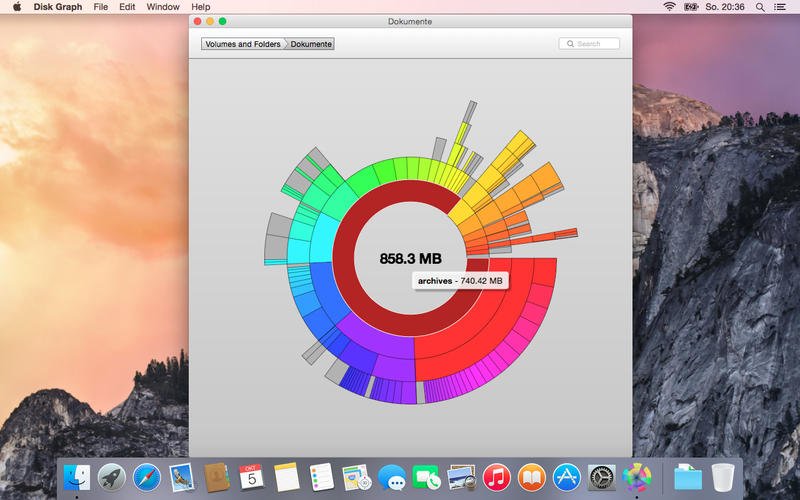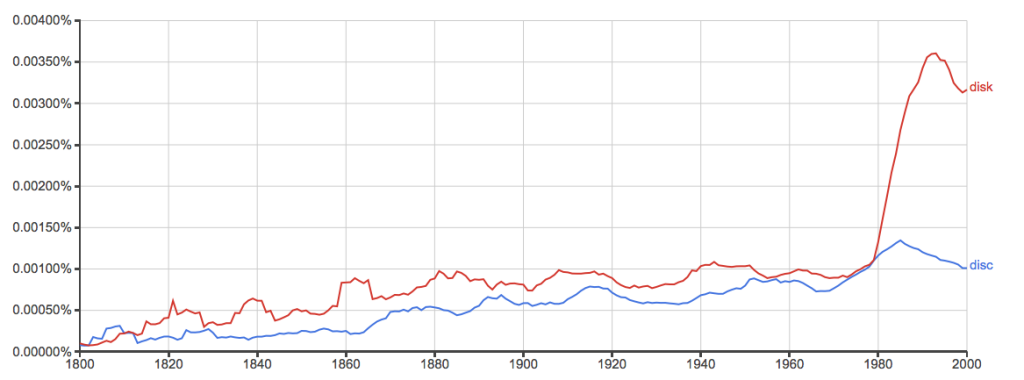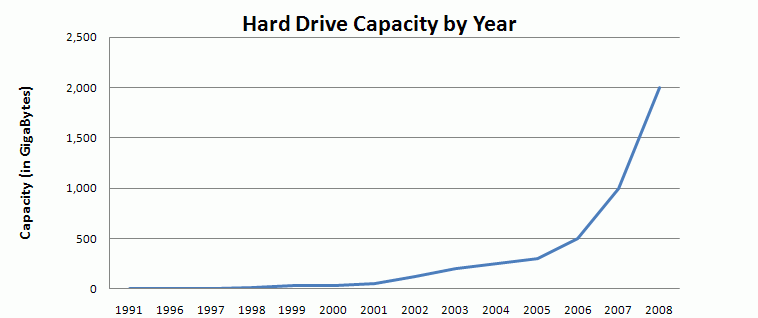
Is better when it comes time to combine all the mark values to form the system's PassMark rating. The average is then scaled up by multiplying the average with a 'magic' number in order to make the number larger. It is an straight average of the three values above. This is the number reported in the benchmark charts. Data resolution is based on number of points, with a fixed number of points per plot. The Droplet graph timeframe options are 6 hours, 24 hours, 7 days, or 14 days. Similar to the IOPS 32KQD20 test but uses 4KB blocks and a queue depth of 1. The Disk Usage line graph shows the percentage of space being used on the Droplet’s disk. The amount of data actually transferred is highly dependent on the disk seek time. The file is read randomly a seek is performed to move the file pointer to a random position in the file, a 32KB block is read or written then another seek is performed using a queue depth of 20. Test (400 MB for non solid state drives, 800 MB for solid state drives). Disk Random Seek RW (IOPS 32KQD20)Ī large test file is created on the disk under Test conditions are otherwise the same as the read test. The line chart connects 48 dots in the chart plot area (24 hours x 2 data points per hour). In this example: If the time granularity is set to 30 minutes, the chart is drawn from 48 aggregated data points. It uses the average aggregation over time span of the last 24 hours. The file is written sequentially from start to end using a 32KB block size. For example, suppose a chart shows the Server response time metric. The result is reported in MBytes/sec.Ī large file is written to the disk under test (400 MB for non solid state drives, 800 MB for solid state drives). Note that certain O/S features like file system compression, and settings in the PerformanceTest preferences window can alter the file size and test duration. The test uses uncached asynchronous file operations (with an IO queue length of 20). The file is read sequentially from start to end using a 32KB block size. These apps use A.I.A large test file is created on the disk under test (1 GB for non solid state drives, 2 GB for solid state drives). Still, it’s always a good idea to back up your data.Ī new supply shortage is now hitting SSDs and hard drives Overall, Backblaze found that the average annualized failure rate (AFR) of its active HDDs was 1.4, meaning that 1.4 of all of its HDDs failed each year. Many people also no longer use HDDs, having switched to SSDs as their prices continue dropping. The tests also only included failed HDDs, and as the AFR tells us, not that many of them fail each year to begin with.

Backblaze doesn’t have any HDDs in sizes that are typically used by consumers (1TB, 1.5TB, 2TB, 3TB, and 5TB), and it seems that the smaller the HDD, the longer it can last. Should you be worried if you’re still using an HDD, given that once they fail, they seem to only last for such a comparatively short time? Not necessarily. To calculate the AFR, it excluded boot drives and drives used for testing, which resulted in 237,278 drives with a 1.4% yearly failure rate. By the end of the first quarter of 2023, Backblaze was monitoring a total of 241,678 drives, but this also includes SSDs. Overall, Backblaze found that the average annualized failure rate (AFR) of its active HDDs was 1.4%, meaning that 1.4% of all of its HDDs failed each year. Temporary Tables Disk: the total number of internal, on-disk temporary tables. The only HDD to break down even more often was the Seagate 4TB ST400DM000 (5,249 failures), but it also lasted a lot longer on average - 3 years and 3 months. Average History graph (Avg History): graphs the average execution time. The massive Seagate 12TB ST12000NM0007 turned out to be the fastest to break, reaching an average age of 1 year and six months and a total of 2,023 failures. In addition to exposing the short average life span of an HDD, the study also finds that Seagate drives are the most susceptible to failure, while WDC models saw the least casualties. There are five types of graphs that you can choose to view: Line, Histogram Bar, Report, Area or Stacked Area. The study excluded all failed boot drives, drives with data errors or inconsistencies, and drives with no SMART raw attribute data.
AVERAGE DISK GRAPH SERIAL
In total, 72 different models were included.īackblaze recorded the power-on hours of each drive, along with their failure dates, serial numbers, capacity, and SMART (Self-Monitoring, Analysis, and Reporting Technology) raw data.


This includes models from Seagate, Toshiba, or Western Digital (WDC). The company was able to run this study on its own failed drives that were previously used in its data centers.


 0 kommentar(er)
0 kommentar(er)
